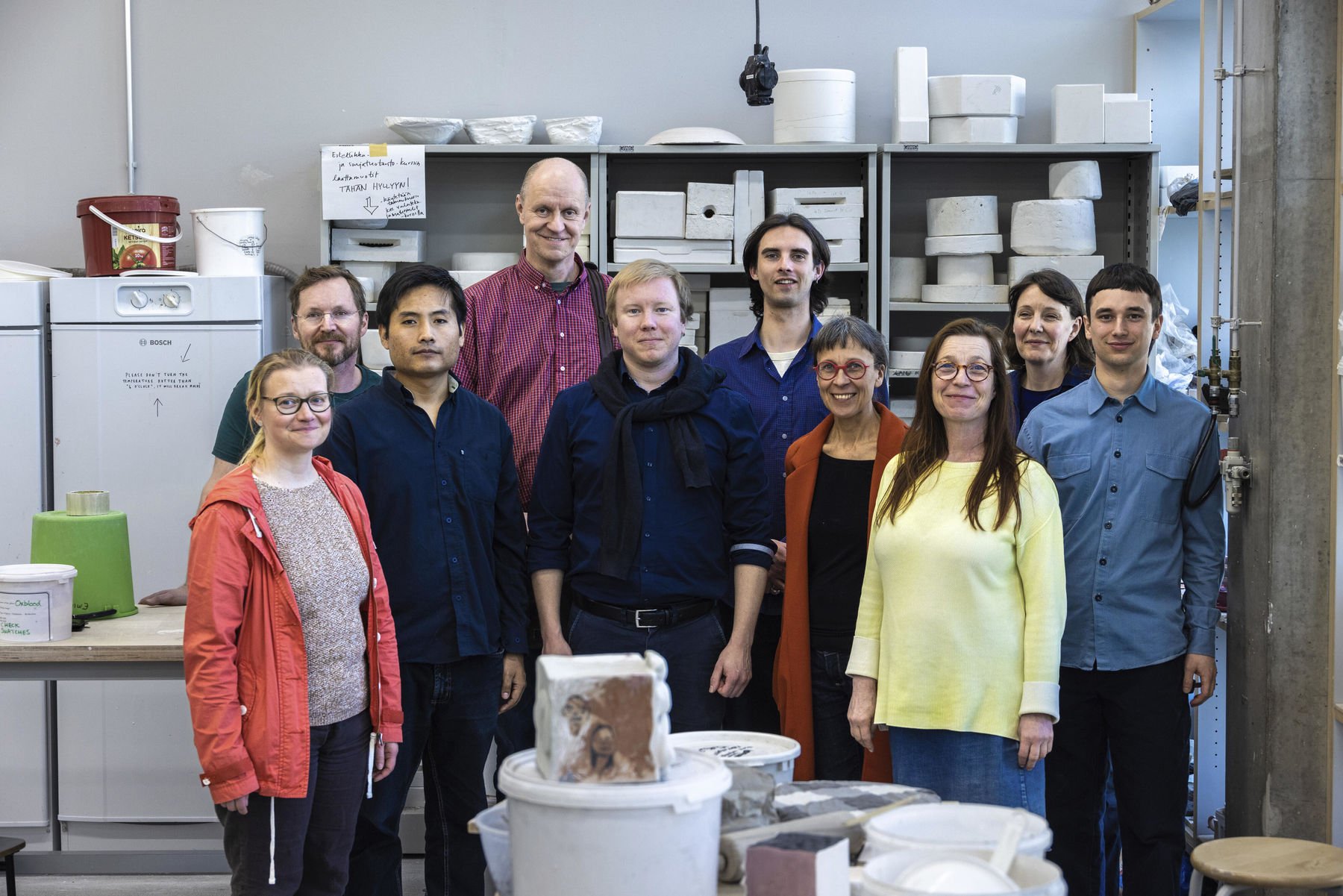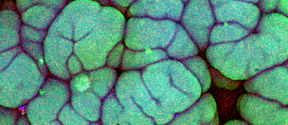As a result, researchers like Repo are trying to find cement alternatives that can be produced using less energy and, ideally, local materials. Rocks rich in kaolinite, known as Kaolin, are common in most of the world, making kaolinite an ideal candidate. So for most researchers, those test results would have been a big win. But not for Repo.
That’s partly because kaolin isn't widely deposited in Finland, so Repo wants to find something more local. But there’s more to it than that. ‘We could have taken the easy way out and done cool stuff with just the kaolin,’ he says. ‘But we're trying to find something new, go a bit further.’
A radical approach
‘Going further’, pushing the boundaries of knowledge to pioneer new processes and materials, could be the unofficial anthem of an innovative new group at Aalto that Repo is part of.
Founded in 2022, the Radical Ceramic Research Group brings together researchers from very different disciplines – from arts to materials science, design to civil engineering – to share ideas, techniques, and even soil and clay samples. Their goal? To investigate how natural substances like clays could be used as geopolymers and alkali-activated materials. Geopolymers – polymers made of minerals that can be used in place of limestone-based cements – could be a greener alternative for everything from construction concrete to studio ceramics, both because they require less heat to produce and because they can be made from local materials, meaning less transportation.












